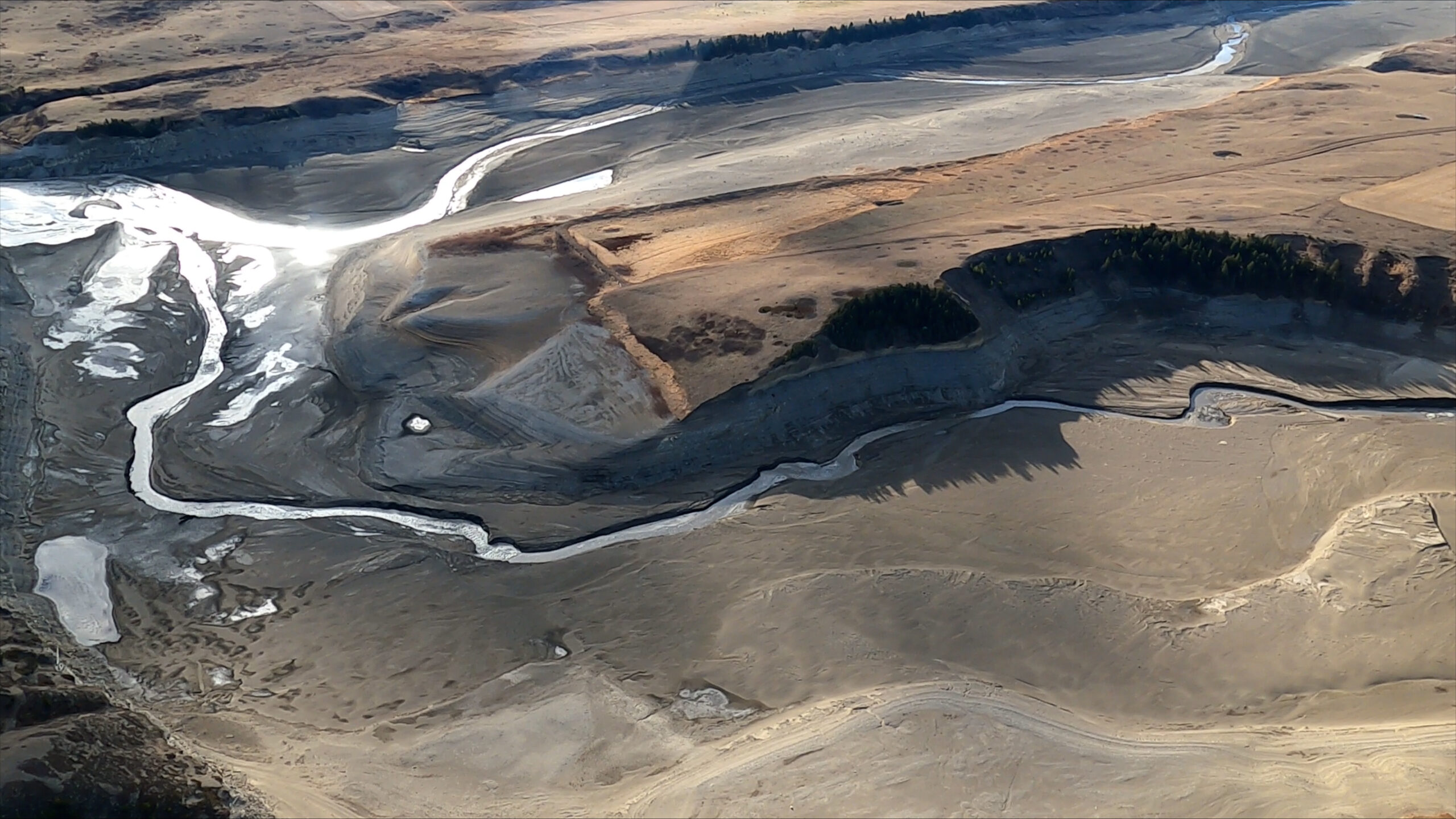The following letter of support, for listing grizzly bears as a species at risk, was submitted by CPAWS Southern Alberta and CPAWS Northern Alberta.
To Whom It May Concern,
Thank you for the opportunity to provide feedback on the amendments to Schedule 1 of the Species at Risk Act (SARA), specifically the inclusion of 13 additional terrestrial species. The Alberta chapters of the Canadian Parks and Wilderness Society, both Southern and Northern, (CPAWS SAB & NAB) encourage any actions that further increase supports for Canadian wildlife, habitats, vegetation, and landscapes. We would like to specifically express our interest and support for upgrading the status of the western population of Grizzly Bear to Special Concern under the Act.
The Grizzly Bear is a cornerstone species found in some of the most iconic landscapes in the country. In Alberta specifically, the species is under threat and conservation efforts have a long history within the province: in 2002 the Grizzly Bear was recommended to be listed as threatened by the Alberta Endangered Species Conservation Committee; in 2006 hunting the species was halted; and in 2010 they were formally listed as Threatened in the Province of Alberta. “Grizzly bears were listed as threatened because of relatively small population size and the concern that human-caused mortality and deteriorating habitat conditions had resulted in, or were likely to result in, a significant population decline”.i Today these threats have not been mitigated and the western population of Grizzly Bear continues to be threatened by increased motorized access on public lands, train and vehicle collisions and rising human-bear conflicts. These encounters are especially prevalent in high use zones such as the Eastern Slopes of the Rocky Mountains and high human use areas and busy transportation corridors such as Banff National Park.
In 2010 the provincial population was estimated to be 691 individuals, in addition to the populations in Banff National Park and the south half of Jasper National Parkii. While recent studies indicate that the smallest Bear Management Area in Alberta (BMA 6) has seen a 4% population increase, recent data on population numbers and trends has yet to be collected for the rest of the province.iii Human caused mortality, deteriorating habitat, and loss of connectivity continue to be serious and escalating threats to the status of the Grizzly population in Alberta. The four most frequent causes of Grizzly Bear mortality in Alberta have all been directly linked to humans: poaching, highway or train collisions, self-defence kills, and misidentification by hunters.iv
The US experience has proven that recovery of grizzly bear sub-populations is technically and biologically feasible. CPAWS Northern and Southern Alberta Chapters, alongside other groups of Albertans, have great interest in the recovery of the Grizzly population and urge the Federal Government to commit to concrete recovery planning and actions to achieve a sustainable population and secure habitat. Major recovery strategies for the species include: conducting population trend studies, setting thresholds for road densities in grizzly bear habitat, restoring habitat connectivity, and reducing human-grizzly conflict. Updating the listing of Grizzly Bears to Special Concern under SARA would also increase public awareness about threats to Grizzly bears, a key step in the broader strategy to their recovery.
CPAWS Alberta, alongside our colleagues in British Columbia, heartily support the move to list the western population of Grizzly Bear as Special Concern under the Species at Risk Act. This endorsement accompanies the sincere hope that this action will result in concrete legislative supports for both the species and its habitat in the Province of Alberta and across the country. Additionally, it is crucial that the listing is acted on prior to the 3-year deadline for the development of management strategies. Thank you for the opportunity to provide feedback on the additions to Schedule 1 of the Species at Risk Act. For further information regarding the status of Grizzly Bears in Alberta and the draft recovery strategy please see the Alberta Grizzly Bear Recovery Plan attached.
Sincerely,
Anne-Marie Syslak
Executive Director
CPAWS Southern Alberta
Kecia Kerr
Executive Director
CPAWS Northern Alberta
More News

Irrigation — When You’re In a Dry Hole, Don’t Dig Another One

New Report Demonstrates High Risk to Upper Highwood Watersheds Should Logging Go Ahead


